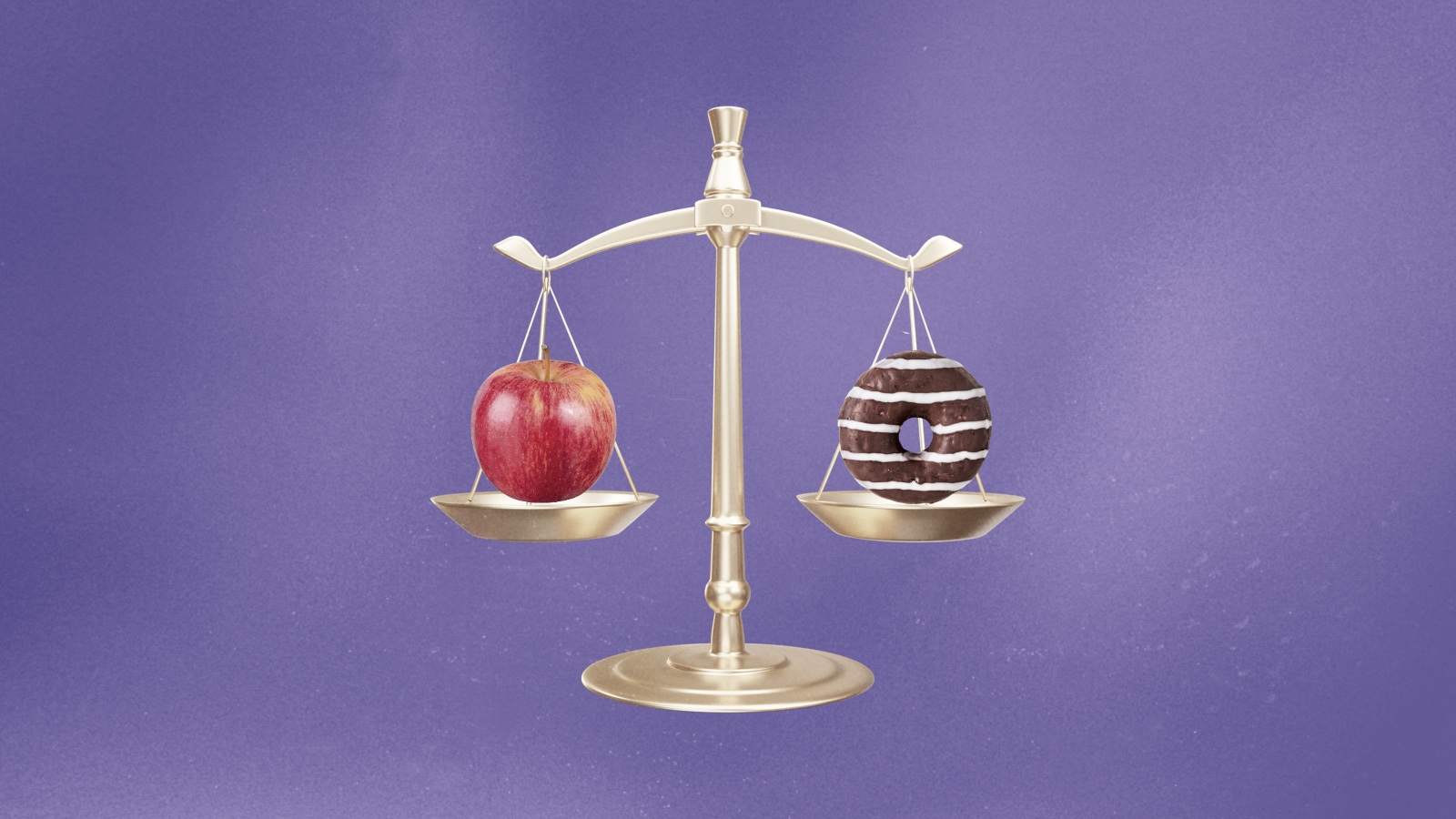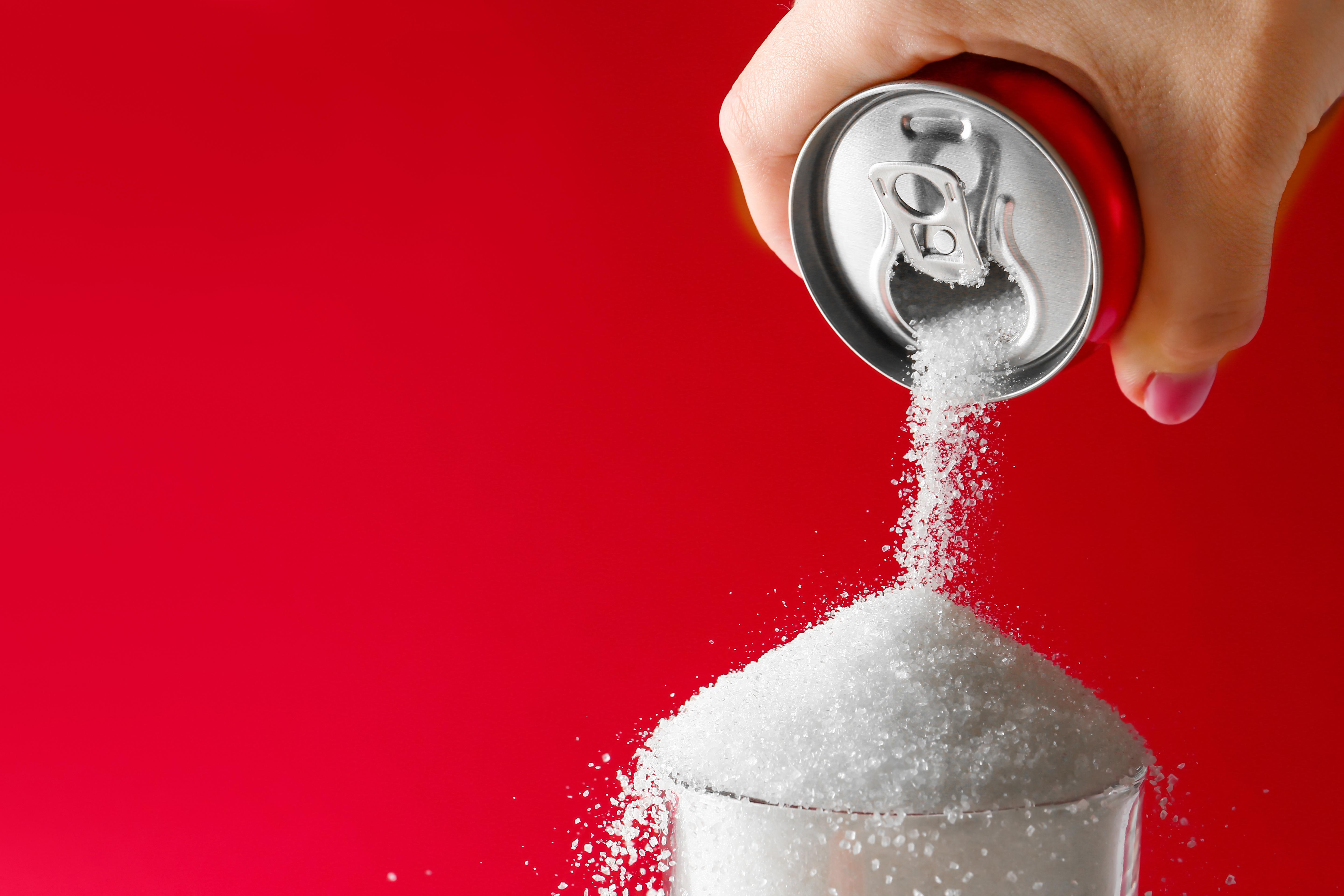Why Dietary Guidelines Are So Wrong, So Often

Cholesterol, coffee, and alcohol are among the winners in the government’s new dietary advisory report, which is helping to create the nation’s official 2015 dietary guidelines.
Moderate consumption of coffee and alcohol can form part of a healthy diet, says the report, which also backtracks on studies that made egg yolks Public Enemy #1 along with other foods high in cholesterol.
Every five years, when the government publishes new dietary regulations, Americans find themselves awash in new food fads, explains Nina Teicholz at The New York Times, and that’s bad for public health:
“In 2013, government advice to reduce salt intake (which remains in the current report) was contradicted by an authoritative Institute of Medicine study. And several recent meta-analyses have cast serious doubt on whether saturated fats are linked to heart disease, as the dietary guidelines continue to assert. Uncertain science should no longer guide our nutrition policy.“
The problem, says Teicholz, is that government health recommendations tend to be based on epidemiological studies, or observational studies, which merely establish correlations between diet and disease across large swaths of the population.
Real foods advocate Nina Planck started the first American-style farmers’ market in London. In her Big Think interview, she explains what she means by real, traditional foods, and what simply doesn’t count:
“We start with what traditional foods are and here is some principles:One is that they’re whole. They haven’t been broken down into their component parts or reassembled. And they haven’t had things added to them or removed, so they’re not engineered to be high in one thing or low in another, so real food is …Low-carb bread is not real food.Orange juice with added vitamin A and vitamin D is not real food. So that’s the first principle.”





